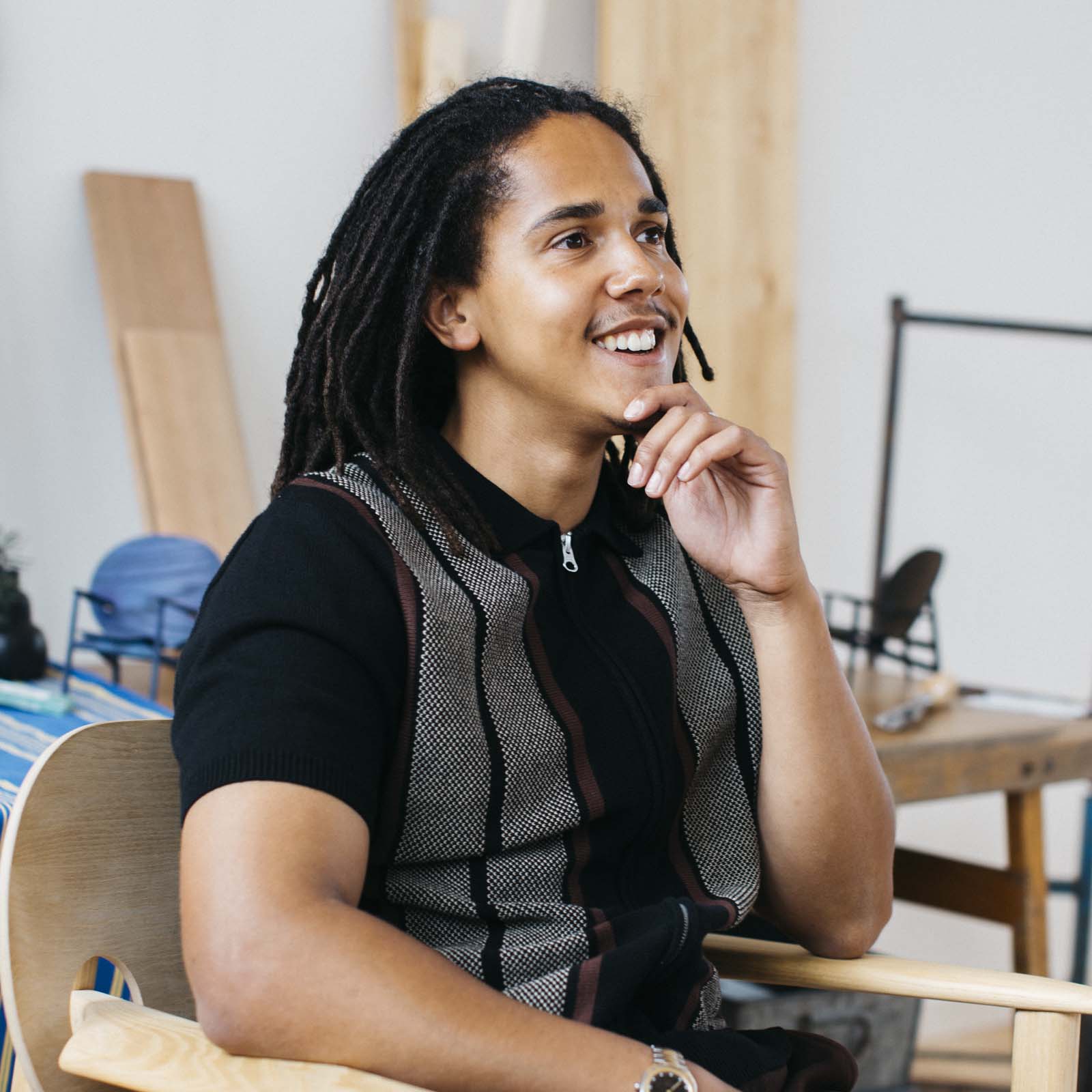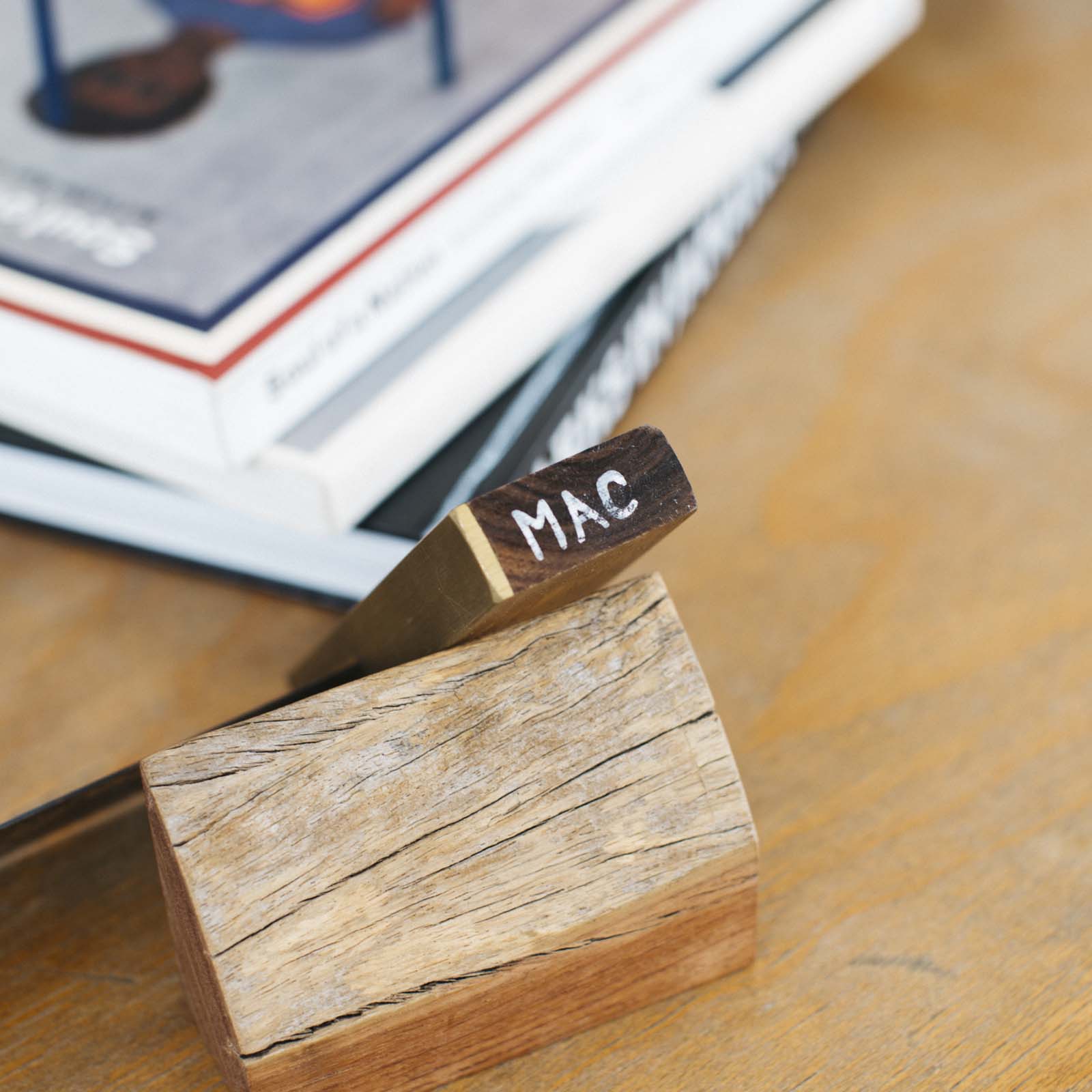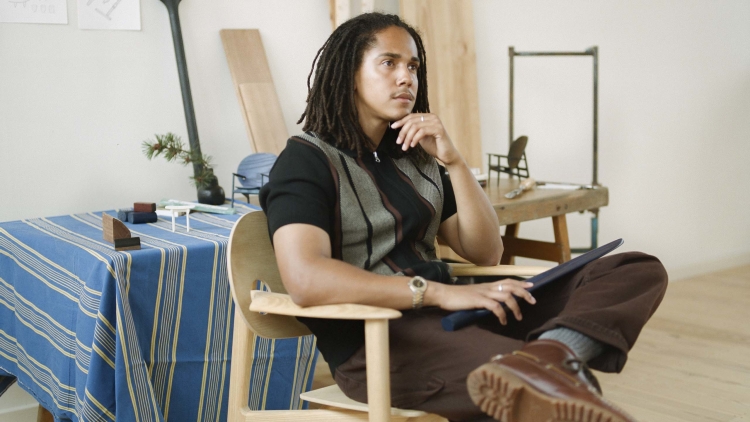
Q.
How did you get your start in design?
A. ‘I've always been good at drawing and illustrating – it was the thing that I enjoyed and was good at, but I felt it wasn't a real career path. It wasn't until college that one of the tutors said I should do an arts foundation [course]. It's an opportunity to see all the different things that you could do in the creative industry. That was the first time that I came across design as a thing to do. Until that point, I was surrounded by objects and products, but I didn’t really realize that people had created these things. I like the way people interact with physical things and how they might affect somebody emotionally or physically.’
Q.
Where do you find the inspiration for the pieces you make?
A. ‘Inspiration comes from all over the place, and it's always really specific to the projects. A lot of the things that I like to do, and the things I intend to do moving forward, are narrative driven: things that have come from a story or a sentiment, which inform the physical artifact at the end of it. A lot of it comes from stories from my grandma. She's Jamaican and she came to England as part of the Windrush generation – she fuels the drive I have to represent my community and to be proud of my roots.
‘I also work on projects that are not so personal and not so reflective of my own heritage and identity. It depends on the narrative of the project, so what the person with whom I'm working is hoping to achieve, or based on the space for which we're designing, and so I look for stories that might shape it.’


Q.
What’s one story that has made it into the design process?
A. ‘I've made this big blue chair, the Iklwa chair [named after a Zulu spear], and people often ask about the blue. There are a few different things that led to that blue. One was a story from my grandma about when [the Windrush generation] first arrived in the UK. People had almost expected them to be scruffy or to not be dressed well, because they had assumptions about black people. Actually, my grandad was wearing a full blue suit with matching blue shoes – apparently he looked amazing.
‘That color always represented something to me. In the face of oppression, or assumptions and stereotypes of you or this community, this color is a thing to be like: no, you're completely wrong.’
Q.
How do you bring Afrofuturism and Afrocentrism into your work?
A. ‘In the sixties and seventies, [Afrocentrism] stemmed from black people not particularly being represented within future visions of the world. It was always white figures that had created the built environment and designed everything within that built environment. I think it was a way for people to understand and try to imagine how their ancestry and heritage might fuel the future of the built environment, the future of design and the future of art. I'm trying to imagine that same thing, so I reference and go back to ideas from my own history and my own heritage, and then bring it into contemporary design.
‘Often, in the past, creators have been white and predominantly male, and everybody else was assumed to be a user. It's important that we flip the narrative and understand that women and people of color also contribute to everything that we use around us.’


Q.
How do you incorporate sustainability into your work? Why is that important for design?
A. ‘It's important because the world into which we're currently cannonballing isn't going to sustain us. I want to be able to continue to do these things, but I also want to do it as responsibly as possible, and that comes down to how materials are sourced and the people with whom I work. It's about choosing materials that are as local as possible, as well as working with companies like [furniture maker] Benchmark, with which I've worked recently, that really strive to avoid using any toxic chemicals and use natural upholstery materials. If you can design and create a thing that will last a long time, at the end of its life – even if that's after 200 years – it can still ultimately go back to the earth. I'm definitely not an expert or the best at it, but it's about moving in the right direction.
‘I worked with a company called AHEC recently – American Hardwoods Export Council – and it teaches about how materials can be sourced in a way that encourages growth in woodlands. It also educates on selecting seasonal timbers, so not just the timber that you want, but the timber that is available because it's in abundance at that particular point in the forest life cycle. It’s about being careful and slow, and trying to source timber from woodlands that are rejuvenating.’
This article was first published in Courier issue 43, October/November 2021. To purchase the issue or become a subscriber, head to our webshop.



